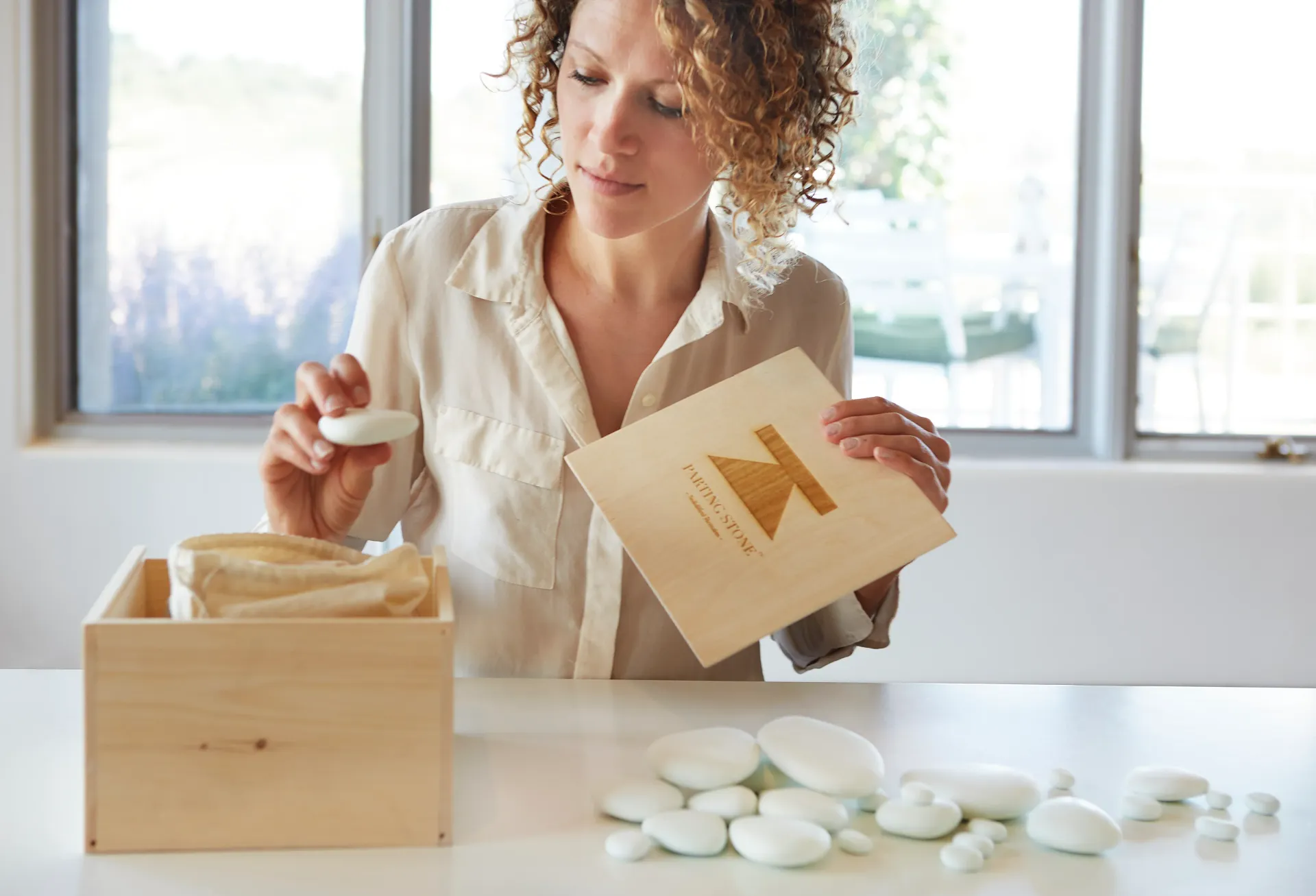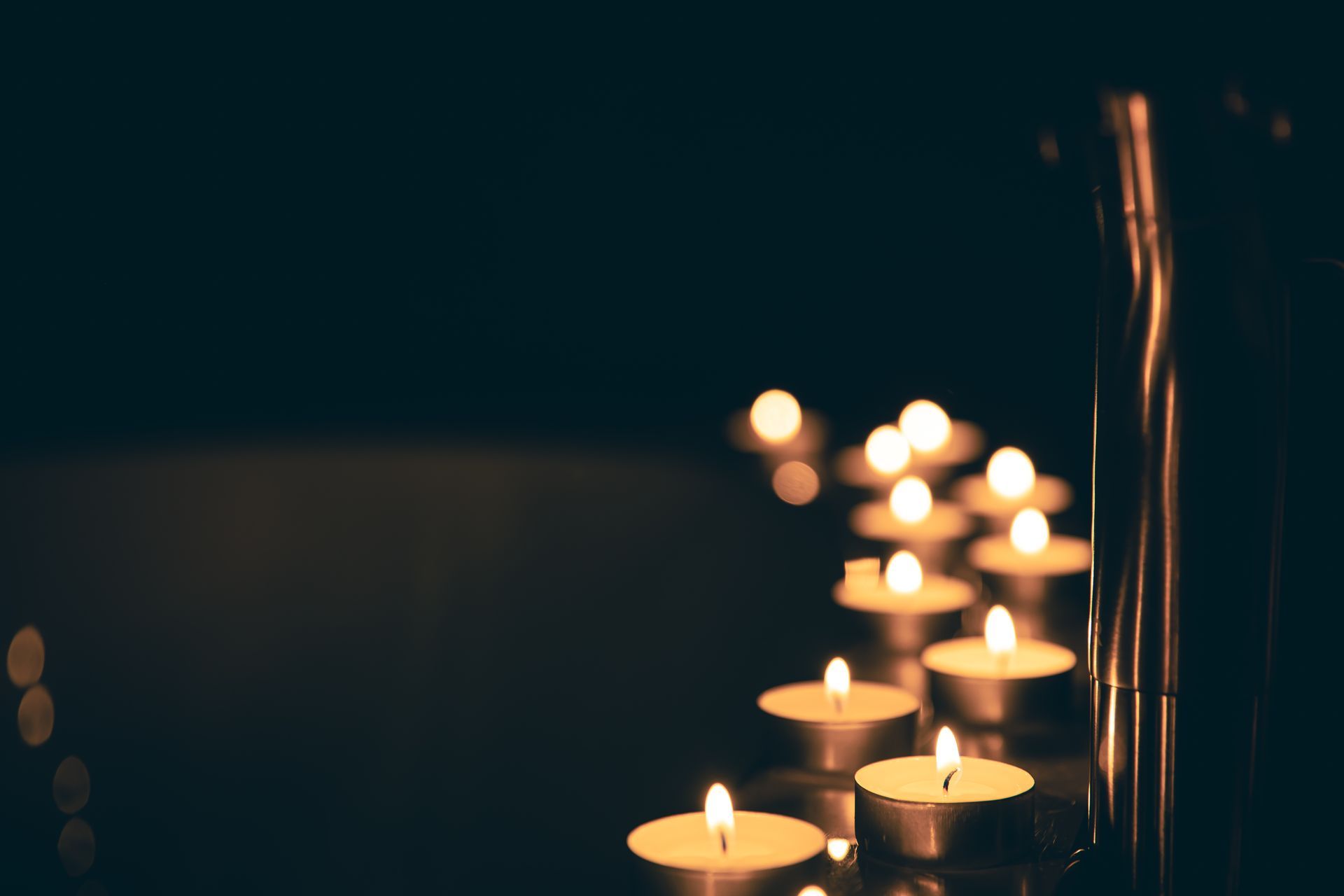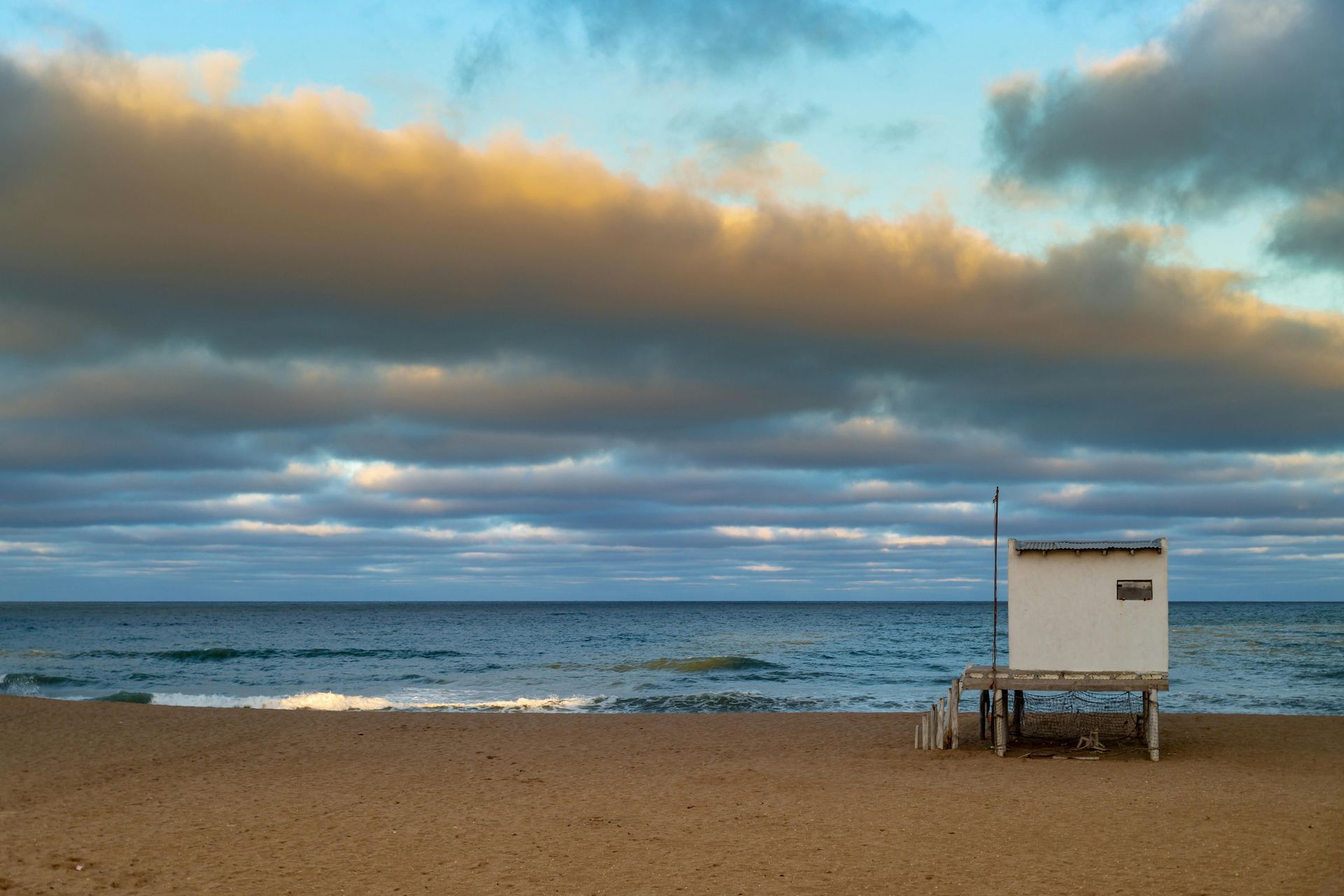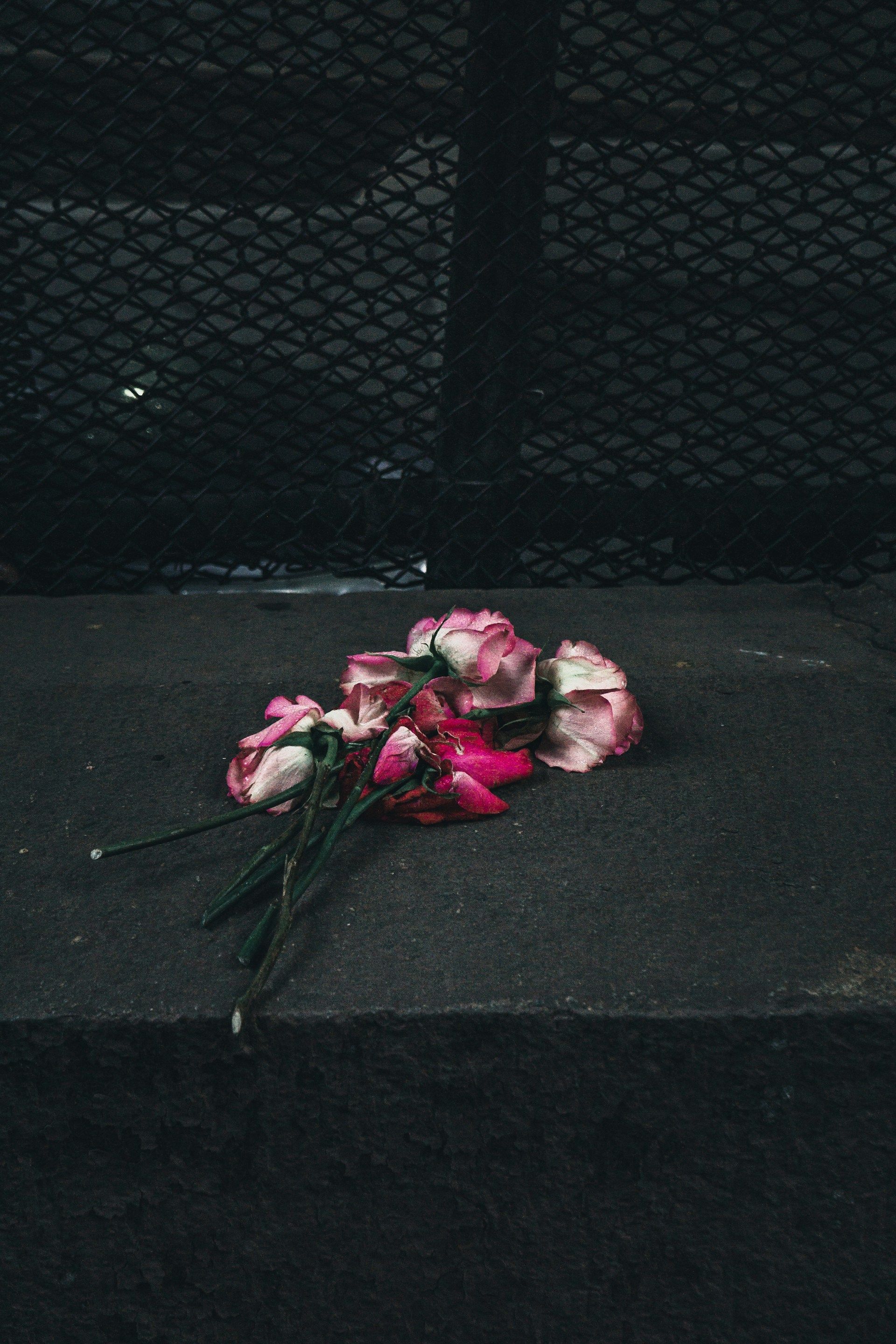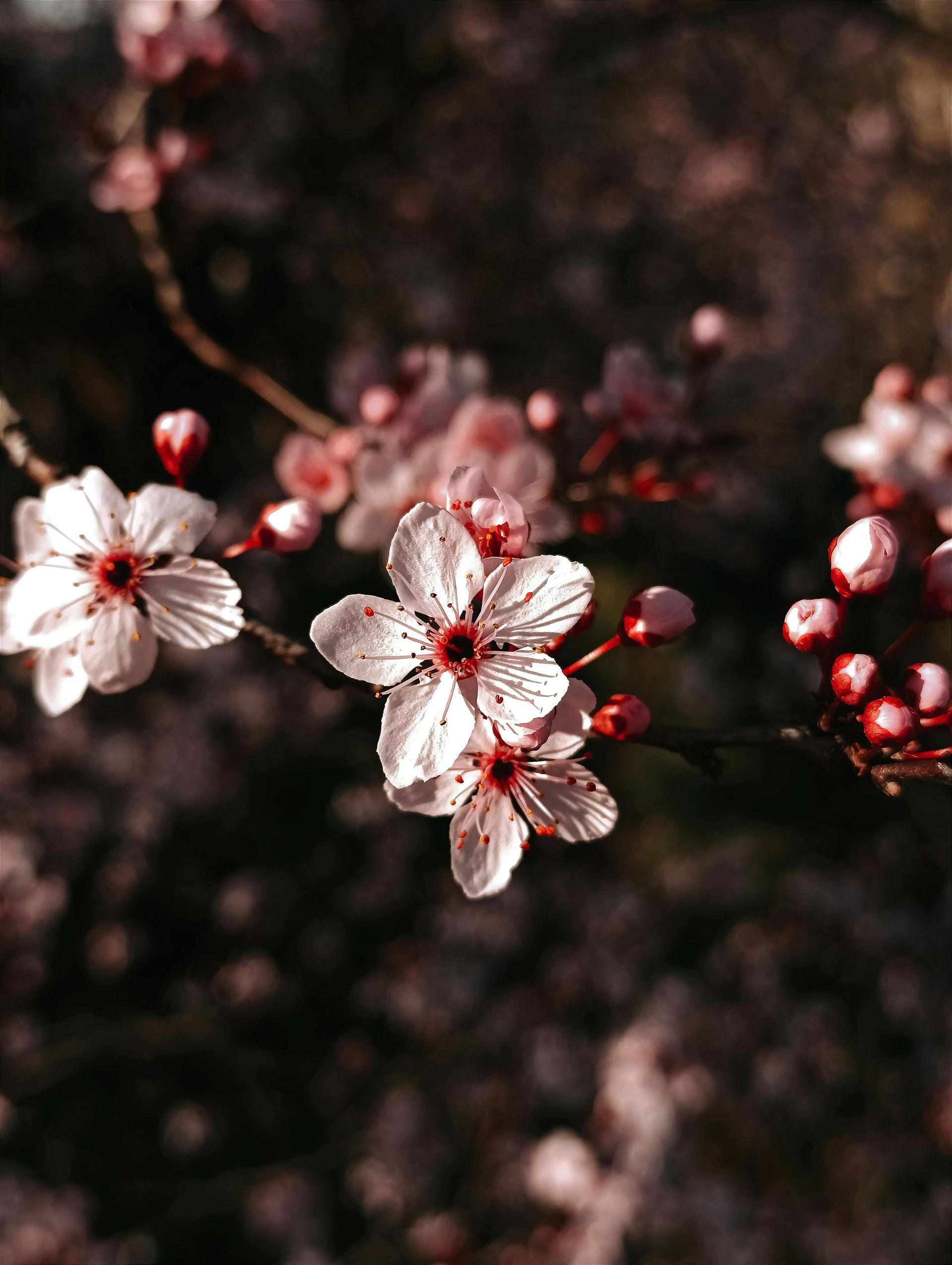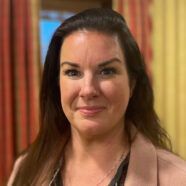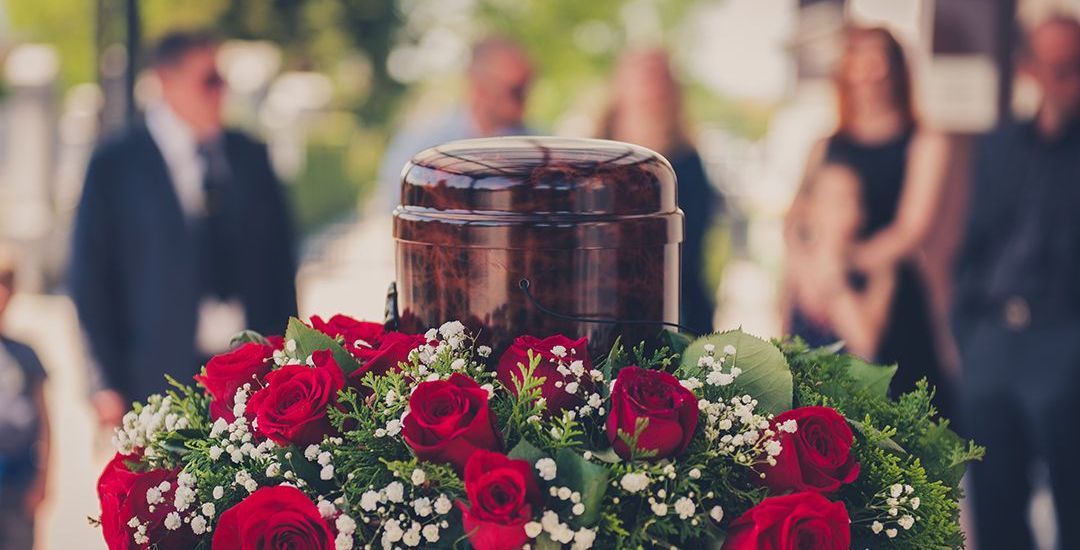Finding Positivity After a Loss: Meaningful Tributes to Loved Ones
August 15, 2019It is a fundamental human need to pay tribute to the deceased and to find meaning in a loss by honoring a loved one. From simple to extravagant, people have found creative ways for memorializing their loved ones in personal and meaningful ways, from public funeral services and family foundations, to carrying out a loved one’s last wishes.
The roll of honor bench at Rhyl Harbour commemorates local seamen. Photo credit: johndavidphoto/123RF.com
For many families the first and most important act is creating a funeral service which gives family and friends the opportunity to gather and publicly celebrate and reflect on the life of a loved one, and to draw strength and support from each other in their time of need. No single type of service is right for everyone and the goal is to plan a personalized and meaningful tribute to the one who has died, creating a climate in which participants can give and receive emotional support.
Several families request that well-wishers donate to a favorite charity, while others create a scholarship or an endowment in the name of the deceased as a long-lasting memorial. Some families plant flowers and trees in honor of the deceased or participate in a candlelight vigil at the holidays or during the anniversary of a death.
There are many innovative practices of memorialization when a loved one passes away. Here are some unique ideas that may inspire you:
Do Something in Their Honor
Think of something that would honor your loved one’s memory, based on their preferences, lifetime challenges, or how they chose to live their lives. It could be completing their bucket list, supporting a beloved charity, fundraising for research into the disease that brought about his or her death, or sponsoring a bench, brick or plaque in a public space to pay tribute to them.
Some families or groups of friends make donations in the name of the deceased or participate in an annual event in their memory. Many runners participate in the Boston Marathon and other public events in memory of a loved one. In 2019, Gold Star wife Allie Emond ran the Boston Marathon in memory of her husband, Green Beret Eric Emond. She helped raise money for Massachusetts Fallen Heroes , an organization Eric helped start back in 2010.
Family members can also take steps to ensure that their loved one’s final wishes are carried out. Seth Collins created a lasting movement of goodwill in honoring the final wishes of his brother, Aaron, who committed suicide in 2012. The family found a will on Aaron’s computer asking that the family leave a $500 tip for a waiter or waitress. After Seth gave his first tip in Aaron’s memory to a waitress in Kentucky, he wanted to keep the movement going in remembrance of his brother. He posted a video online which lead to an outpouring of donations from across the country and began the Aaron’s Last Wish road trip project. Seth has given away more than 100 $500 tips to waiters and waitresses in almost all 50 states.
Create Something in Their Honor
Your loved one can be memorialized by creating personalized jewelry, writing a song or poem about the person, or repurposing a favorite shirt into a pillow or a teddy bear for a child. Setting up a foundation to continue their legacy or putting together a team of runners for a charity event is another personal and lasting tribute to a life lived.
Even in the wake of tragedy, meaningful tributes can bring healing and help to others. The Live For Liv Foundation was built by family and friends in honor of Olivia Marchand, just 17 years old when she tragically lost her life to an incidence of domestic violence. The foundation supports what Olivia loved, including her family, the outdoors, gardening, cooking, friendship, and being part of a community. The annual Ride for Liv, a 50-, 23- or 6-mile ride along scenic back roads, raises awareness of domestic violence, and all proceeds are donated to organizations that help support the victims of domestic violence, and to continue the work of the foundation.
Martin’s Park, a city park in the Seaport District of Boston named after Martin Richard, the youngest victim of the 2013 Boston Marathon bombings at only eight-years-old, was created by a partnership of the Martin Richard Foundation – founded by Martin’s family and the inspirational force behind the park – the City of Boston, the Commonwealth of Massachusetts and many other generous donors. Now it is a fun place for kids to play in the middle of the city, including slides and a climber surrounded by trees, shrubs and flowers.
A personalized tribute fulfills an important role for those mourning the loss of a loved one – it creates meaning in the face of loss, provides help and healing for others, and offers a legacy for a life that impacted family, friends and loved ones.


